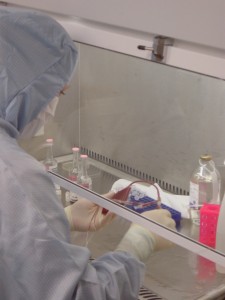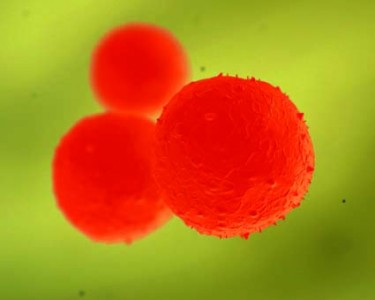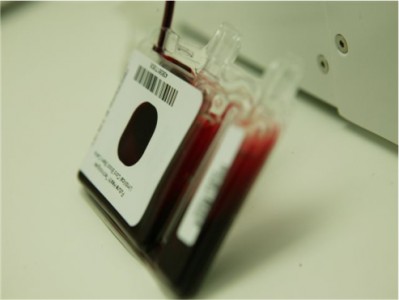As parents we have many decisions to make as our children grow, but one of the most important needs to be made before they are even born. It’s the decision as to whether to collect your baby’s stem cells from their umbilical cord or allow them to be thrown away. The latter is unfortunately common practice here in the U.K.
Stem cells are the body’s building blocks for life. Their job is to transform and multiply into the cells that make up our blood, bones, tissues, tendons, organs – in fact everything that makes us physically what we are. They can build new tissues from scratch but can also restore and repair as we grow.
These vital cells are already being used to treat thousands of people for an ever increasing list of medical conditions. In fact the use of stem cells is now standard medical practice in many countries. For families with a history of cancers or many other diseases the availability of stem cells can be a life saving resource. Studies in 1997 indicated that the chances of a use by a child were 1:2700. Today, with the number of applications having increased, the probability of lifetime use is now estimated to be as high as 1:2001. If scientific progress continues at its current pace, the ratio is likely to continue to narrow.
Up until now, the most common source of stem cells has been bone marrow, however the umbilical cord blood and tissue are much richer sources and provide a much simpler and less invasive way to obtain them. After birth and the delivery of the placenta the cord is simply clamped and the blood is collected along with approximately 15cm of cord tissue if both samples are required. The whole procedure takes less than ten minutes and is completely painless.
One of the disadvantages in the use of bone marrow is the difficulty in finding the perfect match. This is even more of an issue for mixed race, single parent or older parent families. With umbilical cord stem cells you have a 100 per cent match for the baby and a high probability of a match with siblings, parents and perhaps even grandparents and cousins.
One example of the remarkable potential of cord blood stem cells was for a sixteen-year old, Laith Abu Aresh who had suffered from Fanconi’s Anaemia, a life-threatening condition that affects the bone marrow’s ability to make healthy blood cells. Doctors had been unable to find a bone marrow match but the cord blood stem cells from his baby sister, born in 2010 and saved with Future Health, proved to be a perfect match and were transplanted into Laith at the end of May. The operation, which took place in Jordan, was a complete success and Laith’s blood counts have returned to normal, healthy levels. He can now look forward to enjoying a full and active life – something he never thought possible a few months ago.
For more information on private cord blood or cord tissue banking you can contact Future customer care team on 0800 954 5335 or visit www.futurehealthbiobank.co.uk









Am really sad that this has been recommended without adequate research or investigation.
http://www.dailymail.co.uk/health/article-2060822/Umbilical-cord-blood-banking-Are-thousands-parents-wasting-money.html
Another money-making exercise, playing on pregnant women’s fears.
First of all, it should be clarified that the stem cells found in cord blood (CB) are not embryonic (as this article suggests) but contains multiple populations of embtyonic-like and other pluripotent stem cells, capable of giving rise to hematopoietic, epithelial, endothelial, and neural tissues.
Also, although less frequent, there are published examples of successful autologous transplantations, even in the treatment of leukaemia patients. Future Health is a ‘family’ stem cell bank, and we do not claim that a banked sample only has the potential to be used in autologous transplantation but has potential for the use in the allogeneic treatment of a related family member, e.g. sibling. There is a 1:4 chance of a privately banked cord blood sample being a HLA-match to a sibling, versus the small possibility of receiving a suitable match from a public bank. Also note, that recent clinical trials looking into the treatment of Cerebral Palsy with cord blood stem cells choose only to utilise autologous samples.
Cord blood stem cells are indeed ‘amenable’ to treatment of a wide variety of diseases including cardiovascular, hepatic, ophthalmic, orthopaedic, neurological and endocrine diseases, and Future Health do not make any false accusations in the information that they provide to their clients but simply make it clear that they could potentially impact every field of medicine, via their use in regenerative medicine, especicially if used in conjunction with cord tissue stem cells. Future Health stays at the fore-front of scientific research, and being exposed to new technologies on a continual basis is well aware of the ‘real’ possibility of the ability to expand stem cells in the future.
All-in-all the evidence suggests that the potential for the future application of privately banked stem cells is vast, and prospective clients should take all available evidence into consideration when deciding whether to take out utilise our services.